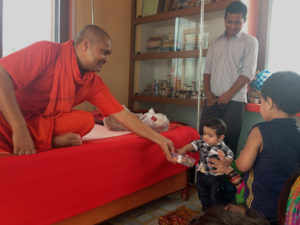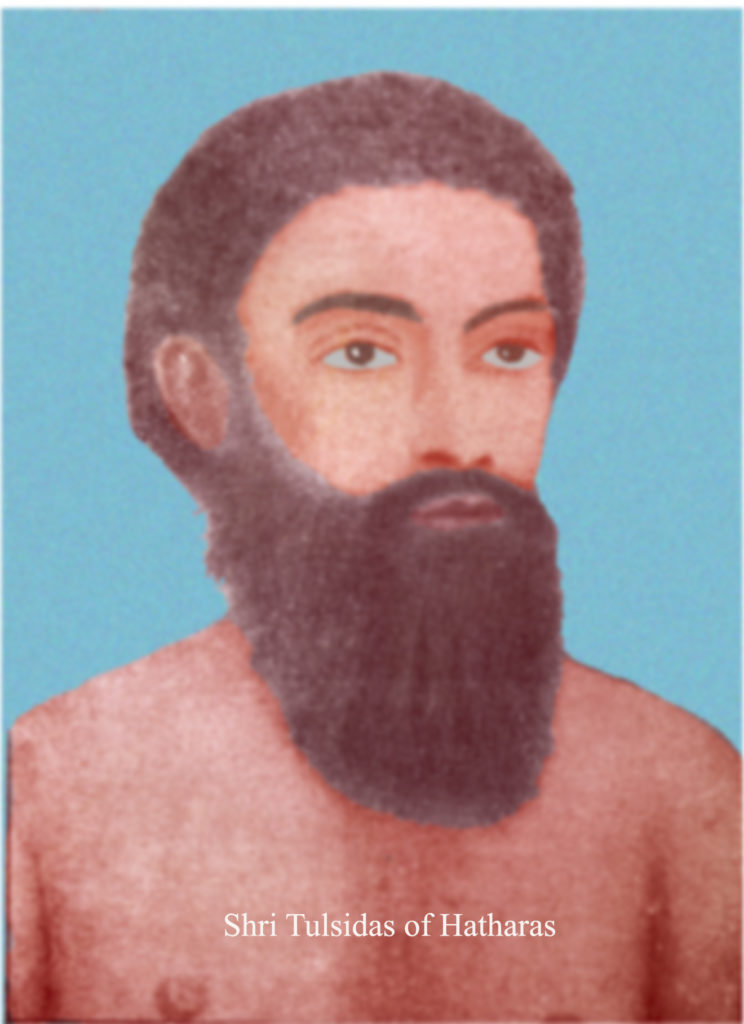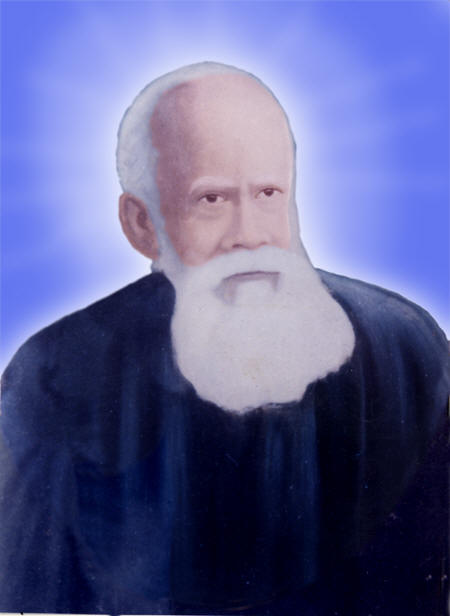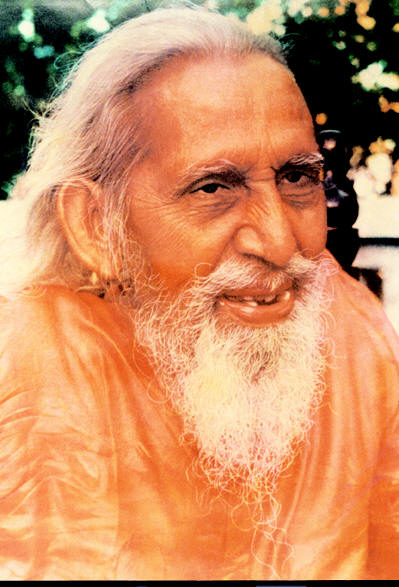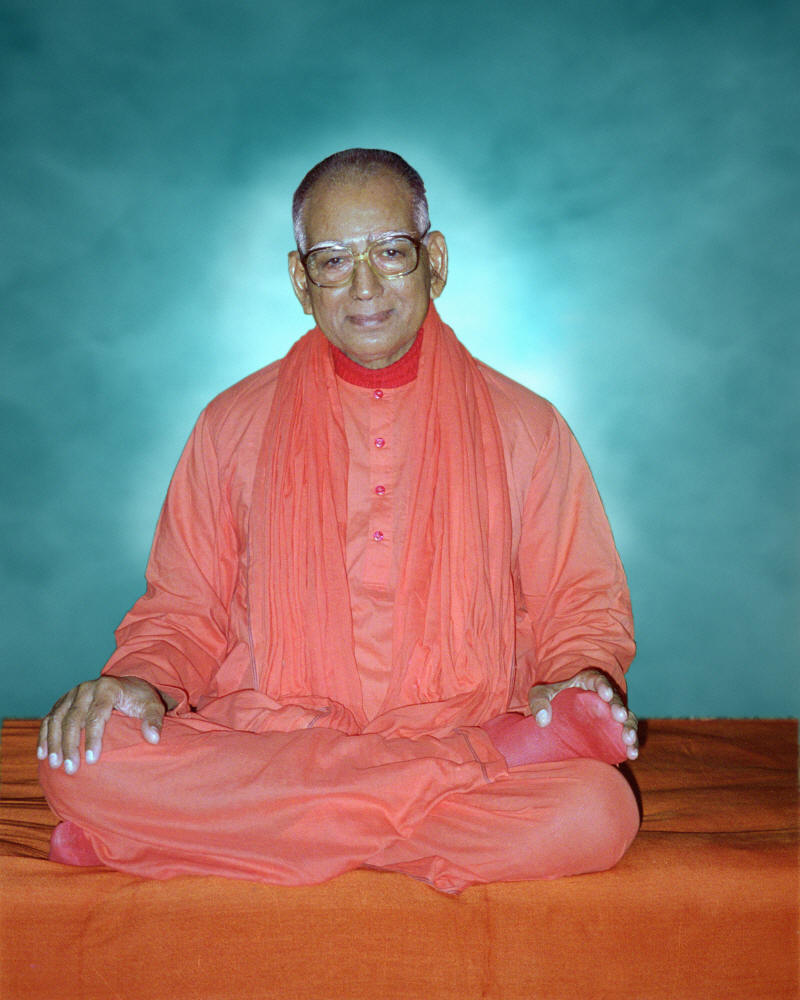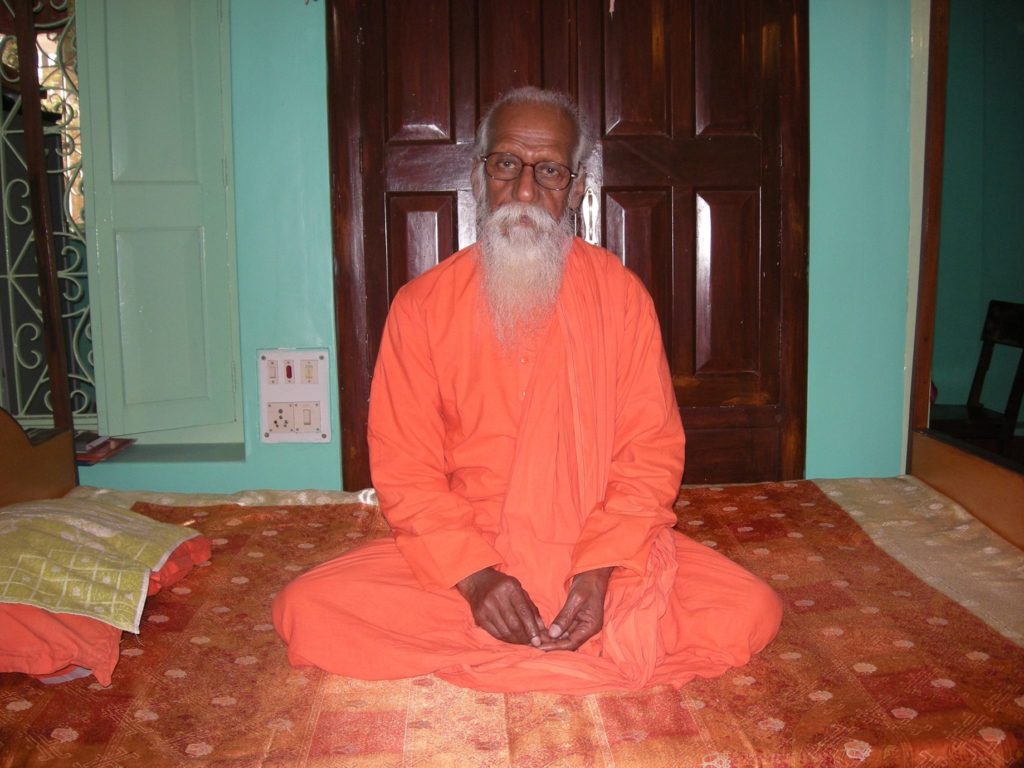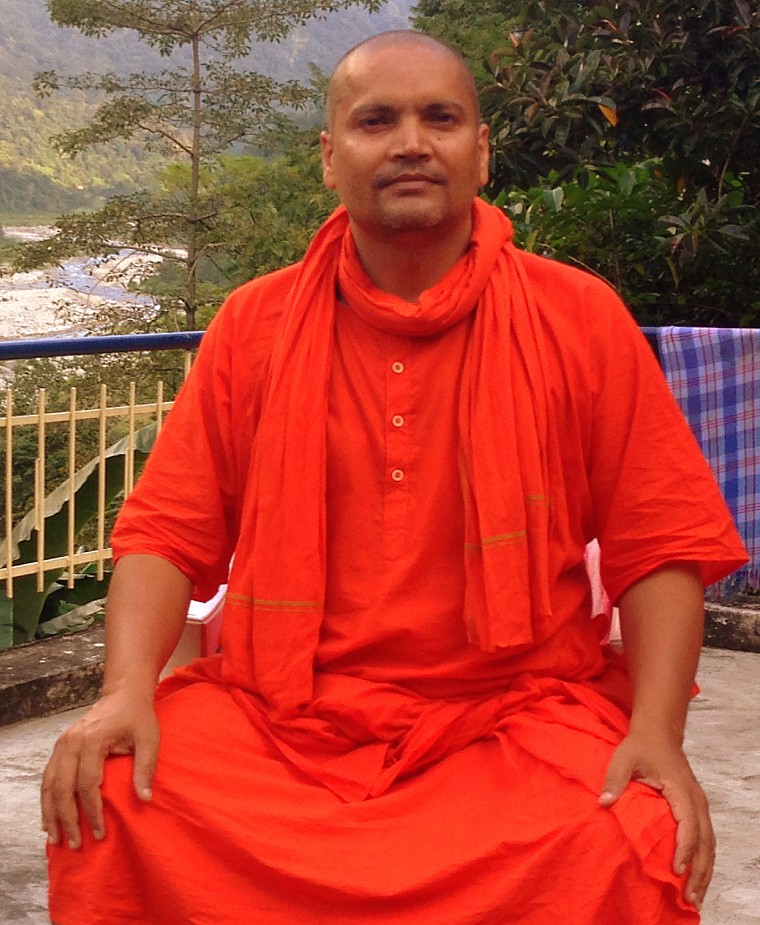The Sant Tradition and Its Teachers
The Sant Tradition
Santmat is a tradition within the broader convention of the Sant Tradition. The Sant tradition is generally considered to have become known around 800 C.A. Its roots are embedded in the mystical teachings of the Vedas and in particular the Upanishads. Its’ teachings are said to be timeless and are the essence of the teachings of the ancient sages of India.
In the middle ages Kabir Sahab, Guru Nanak and a number of their mystic contemporaries became known as proponents and teachers of the Sant tradition. Tulsidas is widely considered the initiator of the modern Santmat movements. Shri Maharishi Mehi represents one of several branches originating from Sant Tulsidas, the Radasoami movement is yet another of many other branches of Santmat. The Sant Maharishi branch is unique in several aspects: It is a monastic tradition which sees itself as a part of Vedic Dharma and whose teachings are echoed extensively in the Upanishads. Unlike other branches it initially focused heavily on teaching in remote villages throughout Northern India. Presently it teaches in India at large including all echelons of society. The present tradition has hundreds of ashrams throughout India.
The teachers mentioned below are incomplete with literally over 50 monk teachers who teach under Maharishi Mehis name. Those listed here represent the better known teachers. The knowledge of the accomplishment of each teacher is only known to those who themselves are accomplished adapts.
Sant Maharishi Mehi Lineage
Sant Maharishi Mehi Disciple Teachers
Tulsi Das Maharaj
Saint Tulsi Sahab (1763-1843)
This branch of Santmat begins with a spiritual adept known as Tulsi Sahab. Tulsi Sahab was born in 1763 and is believed to be of royal ancestry. Historians speculate that he was a son of the King of Poona. As the king wished to retire he arranged the coronation ceremony of his son. After finding this out Tulsi Sahab, known then as Shyam Rao, was a spiritually inclined soul and therefore, he fled in search for the Truth, abandoning opulent riches. He surfaced many years latter near Hathras (a small town in Northern India) as a spiritual adept and teacher. He called himself the follower of saints, and his tradition Santmat—the Way of Sages. Although, he speaks with reverence of his teacher he never mentions him by name. Some scholars claim Tulsi Sahab has a direct lineage with Tulsi Dass, a great Saint of 17th century. Tulsi Sahab writes in his poetry:
“Who have seen within, the splendor of the celestial region with their inner eye, they alone can show the beginning of the beginning.
….Who have penetrated the current of spiritual regions above, they alone know the state of the Inaccessible.”
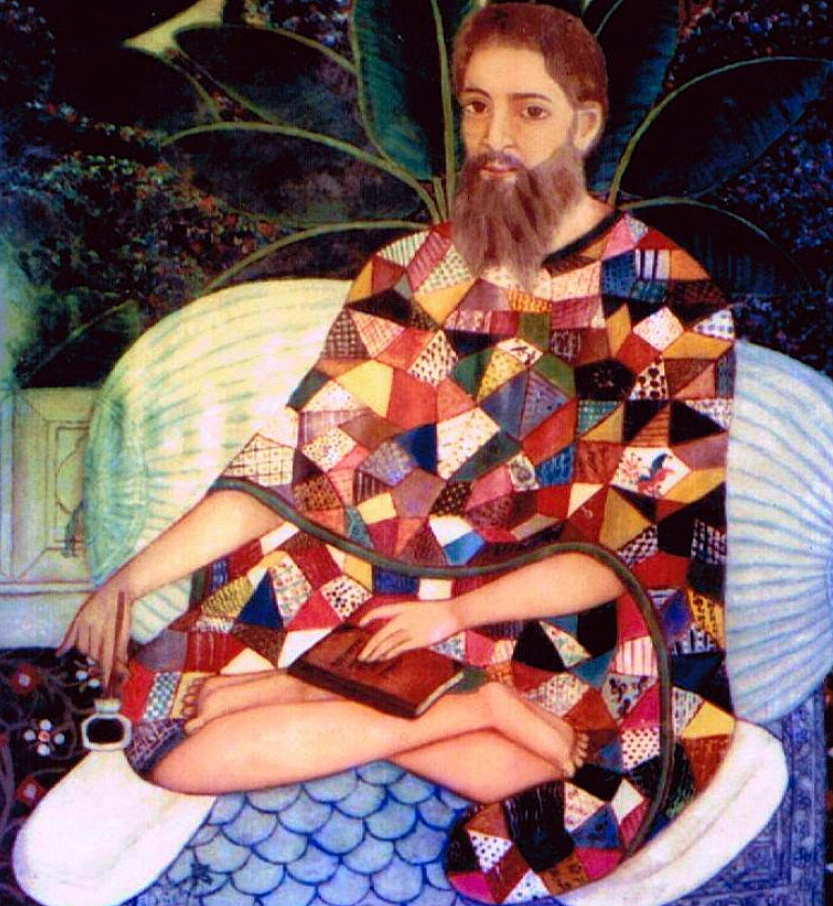
Baba Devi Sahab Maharaj
Baba Devi Sahab (1841-1919)
From birth Baba Devi Sahab was chosen by Tulsi Sahab to be his disciple. Baba Devi Sahab was born in 1843 to a devout high caste Hindu family. Devi Sahab’s family used to frequent Saint Tulsi Sahab. Before the birth of Devi Sahab Tulsi Sahab prophesized that the child Devi would achieve great accomplishment in spiritual life as well as will have a major spiritual impact on countless individuals.
Baba Devi Sahab lived a simple life as a postal clerk while practicing his spiritual discipline. He was able to retire early and lived his latter years in Moradabad in the state of Uttar Pradesh. He was a kind teacher and had a large following including the King of Kashmir. Baba Devi Sahab says:
“You may remain Hindu, Muslim, Christian or a follower of any other religion. But while living the pleasures and pains of human life do not live even a single day without inner meditation.”
“The world is transitory. Death is certain. Meditate.”
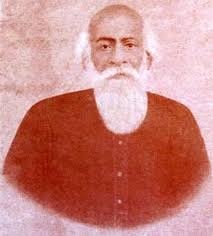
Sant Maharishi Mehi (1885-1986)
Maharshi Mehi Paramhans is revered as a great sant in the tradition of Sant Mat. Maharshi Mehi has a unique distinction of diligently striving to bridge the gap between the Vedic teachings on the one hand and Santmat on the other. Likewise he harmonized the divergent sects of sant traditions. He wrote prolifically comparing the Vedas, the Upanishadas, the Bhagvad Gita, the Bible, a number of major Budhist works, and the Quran, establishing beyond doubt that the essential teaching contained in all of these are in unity. The seeming differences disappear when the essence of each is compared. Maharshi Mehi was a direct disciple of Baba Devi Sahab of Muradabad, Uttar Pradesh, India.
Maharshi Mehi was born in 1885 in a small village of Bihar, India. He displayed signs of a true yogi during his childhood days. From a very early age he was a seeker of truth and had an intense thirst for inner spiritual knowledge. This thirst led him to search for a true guide, a true Guru who could provide answers to his queries. His search which was wide and far lead him, after several years and in the year 1919 to the feet of his teacher, Baba Devi Sahab. As directed by his teacher Maharshi spent many years in intense meditation on the inner light and sound and eventually located at Kuppaghat on the banks of the Ganges near Bhagalpur in the state of Bihar.
Maharshi Mehi Paramhans taught all sincere seekers but was especially fond of the poorer villagers. There is a story of a lower caste old woman who was quite devoted to Maharshi. Once she came to give prasad (usually a food item meant as a gift for the teacher). She had in her hand a laddu which is a simple sweet which she had herself prepared. She was so poor that although the ingredients were common it was a considerable expense for her. As she waited in a line with others who were also giving prasad she must have thought her gift to be so small as to be unworthy. Maharshi typically took prasad and gave a blessing and the prasad gift was later distributed to other devotees. He himself rarely ate these gifts and it was considered a great blessing to have him eat an individual Prasad. Maharshi suddenly, looked up at her. He said: “Come here “. As she came forward she clutched her gift still certain that it was altogether unworthy. “Give me the prasad” demanded Maharshi. Obediently she obliged her teacher. Maharshi commented “oh, what a fine gift!” and ate a good deal of it. Everyone was quite surprised that the great teacher would eat the prasad from a low class woman. But such was the heart and mind of Maharshi. Not only did he know the true heart of those who came to him but he especially respected the humble.
True to Baba Devi Sahabs’ prophecy he lived to be over 100 years of age and left the body in 1986.
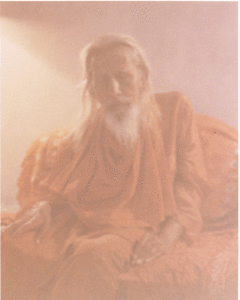
Santsevi Ji Maharaj (1920-2007)
Santsevi Ji Maharaj carried on the tradition in the Bhagalpur Ashram after the passing the the Great Sage Maharishi Mehi in 1986. he is most certainly an accomplished adept whose wisdom and compassion was known by all who knew him.. Santsevi Ji met his teacher Maharishi Mehi in 1939. Santsevi Ji served his teacher with devotion and service rarely seen. Although, Santsevi Ji attended school only to the 7th grade his intellect is remarkable. On behalf of and at the direction of Maharishi Mehi he wrote prolifically and profoundly. He freely cited quotes from a great number of scriptures and sages. His quarters largely lacked books which begged the question: from what source do these quotes come? The quotes are often extremely detailed and extremely varied. His spoken Hindi was lucid, scholarly yet clear and easily understandable. Santsevi Ji’s greatness was only eclipsed by his humility. He was a living embodiment of what he teught and while traveling extensively on teaching tours he maintained a discipline which included ample time for meditation and other spiritual duties.
Santsevi Ji refused numerous invitations to come and teach in the West. However, he expressed his wish that Santmat be taught by his representatives. Santsevi Ji says:
“By seeking the path within, one will go beyond the sensory realm…and will attain the state of oneness.”
“The past is passed, we have no control over it. Only the present is with us; the future is unknown.
Take care of the present, the future will automatically will be favorably formed. Today’s seed is tomorrow’s fruit.”
“As a tiger cub does not feel frightened while sitting in her mother’s lap even if she sees the crowd of elephants. In the same manner, if we sit in the lap of all loving God, no fear can touch us.”
“The Sun gives brilliance during the day; the moon lights the night. However, a true Teacher illuminates the heart the pupil day and night.”2007
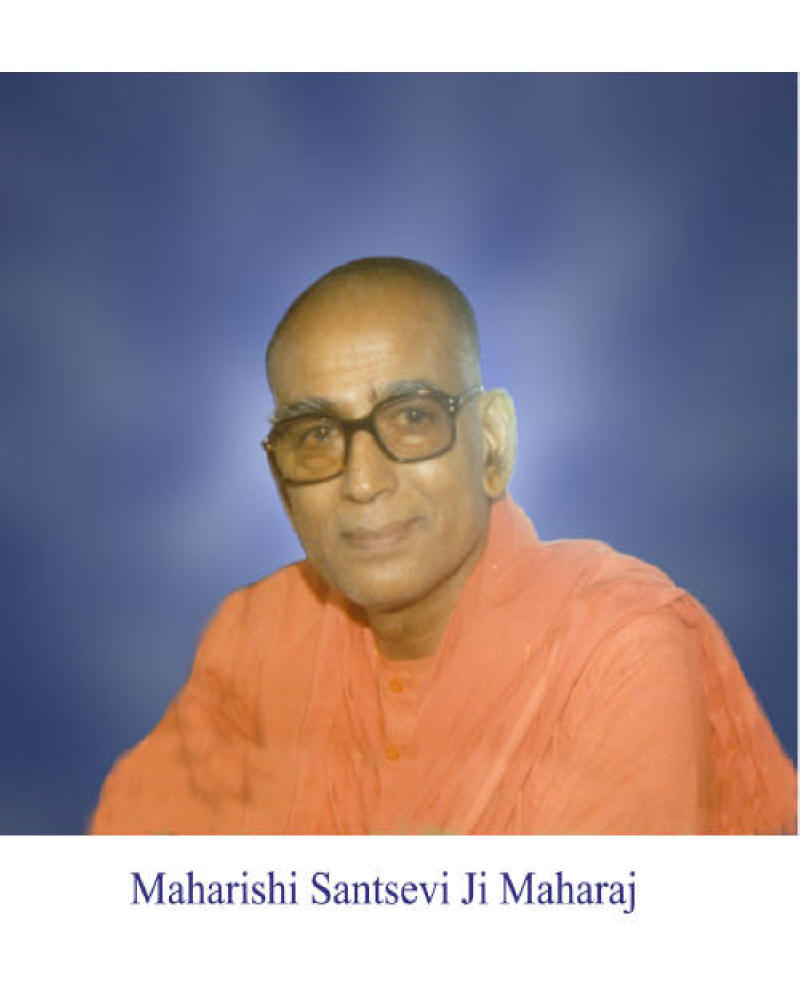
Swami Harinandan Baba-Current Head of the Bhagalpur Main Ashram
Swami Harinandan Baba is the current head of the main Maharishi Mehi Ashram in Bhagalpur India. He took the position after the passing of Santseviji Maharaj in 2007. Swami Harinandan Baba spent many years in the service of Maharishi Mehi and was responsible for many facets of Ashram life during Maharishi Mehis life. He served devoutly. Once he was asked whether resolute meditation or Gurus grace was more important. He replied that both were equally vital to making progress. He serves today as a wise and leader of the Bhagalpur Ashram.
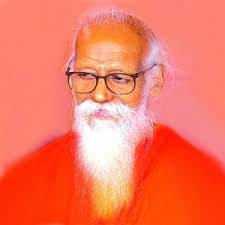
Swami Harinanda Baba
Swami Bhagirath Baba 1943-present
Swami Bagirath Baba was born in 1943 and lived in a village in Bihar India. His young years were marked by an interest in spiritual matters and he was vey Shant. He attended scholl and excelled in his studies but had a much keener interest in seeking for the Divine. One day he saw a Mahatma sitting nearby. He approached him and the Mahatma said: “You must be in my service”. He bowed and when he looked up the mahatma had disappeared. Sometime later he attended a satsaang given by Maharishi Mehi and realized it was the same Mahatma. From that day forward he was in the service of his Guru. In Maharishi Mehis later years Bhagirath Baba physically carried his Guru as he wan then unable ot walk on his own. He was very close to Maharishi Mehi and has remained in the ashram in Bhagalpur since Maharishi departed this earth in 1986. He frequently gives satsangs at various santmat functions.
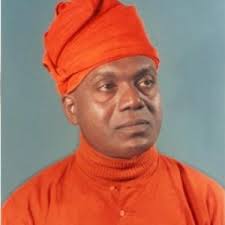
Swami Bhagirath Baba
Swami Shahi Ji Maharaj circa 1920-2009
Swami Shahi JI Maharaj was born around 1920 in Bihar India. He was a senior monk who was very close to Maharishi Mehi and spent decades in his service. he was an accomplished organizer and speaker and was instrumental in spreading santmat. After the passing of Maharishi Mehi in 1986 he departed for Haridwar India where he established a vibrant ashram. He vigorously spread the teachers of Maharishi Mehi and is beloved by many disciples.
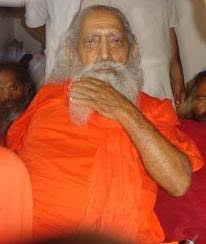
Swami Sahi Maharaaj
Swami Achyutanand Maharaj circa 1920 to present
Swami Ji Achyutanand was yet another dedicated and devoted monk who served Maharishi Mehi for decades at the Ashram in Bhagalpur. He served for many years as the head of the monthly publication of the Ashram satsang and news magazine. He was responsible for all facets including the printing and publication. After the passing the Shri Santseviji in 2007 an ashram was built on the ganges in Calcutta and he has served devoutly since taking on that responsibility. He gives weeklt satsang and is highly respected by the devotees in Calcutta.
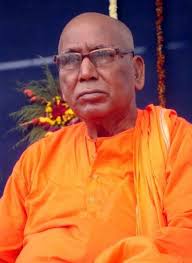
Swamiji Vyasananda Maharaj 1966 to present
Swami Vyasanand ji was born in a Brahmin family in the village Aliabad, in the district of Bhagalpur in the state of Bihar. His parents Mrs. Savitri Devi and Mr. Dashrath Jha had five children of whom he was the third.
As a child he was extremely brilliant and had a most charismatic personality. There was in his presence a sense of holiness even at this early age. From the earliest age he took an interest in a spiritual life and was especially interested in being in the company of holy men, yogis and sages. And so it happened that he came to meet the great sage Maharishi Mehi Paramhans. This occurred when he was only 12 years old. . He subsequently spent an ever increasing amount of time at Maharishi Mehis’ ashram in Kuppaghat, Bihar. One prominent monk, Maharishi Santsevi Ji was especially influential in conveying the teachings of santmat and Maharishi Mehi.
In 1982 he received diksha (deciplehood) from his guru Maharishi Mahi Paramhans ji Maharaj. Shortly thereafter he permanently left his home. Eventually he arrived at the ashram of Sridar Baba. Sridar Baba was a highly accomplished disciple of Maharishi Mehi. Swami Vyasanada undertook sadhana under the watchful guidance of Sridar Baba and made rapid progress. . His teachers at the ashram convinced him to attend High School He studied both the worldly topics offered in High School as well as the inner study of sadhana.
. Swami Ji Vyasananda had always had a close relationship with Maharishi Santsevi ji up until the passing of Maharishi Santsevi Ji in 2007. He greatly respected him and it is Maharishi Santsevi Ji who conferred the yellow ocre robes of monkhood and later gave Swami Vyasanda the authority to teach mediation.
in 1991 Swimi Vyasananda began his life as a recluse in the Himalayan mountains. Initially he lived in a hut on the banks of the Ganges near Haridwar. He moved from there to a forest retreat high in the foothills of the Himalayas near Rishikesh. Here he could meditate for many weeks This allowed him to be undisturbed in his sadhana. .Once he visited Maharishi Santsevi Ji Maharj. A conversation ensued regarding the sandhana of Swami Vyasananda. Maharishi Santsevi Ji said he should spread the teaching of santmat in addition to his intense sadhana. At this time he gave permission to Swami Vyasanada to teach santmat meditation. . And so for many years Swami Ji would go to the Himalyas in the spring to perform intense sadhana and return to the plains to teach and spread the message of santmat in the winter. In 1997 one disciple who came to know of this offered to purchase some acreage in the hills of Maldevta in Dehradun, Uttarakhand
Moving to Dehradun began a new chapter in Swami Ji mission. The years of sadhana began to shine on Swami Jis face.
A few more details gives some insight into Swami Ji’s life. Although Swami Ji travels nearly constantly,he nevertheless always appears fresh and his face shines.. He lives simply, owns no cars, sits to eat in the common dining hall with all the ashramites and welcomes any visitors who may. Above all he is humble. His morals are impeccable and he truly practices what he teaches.
